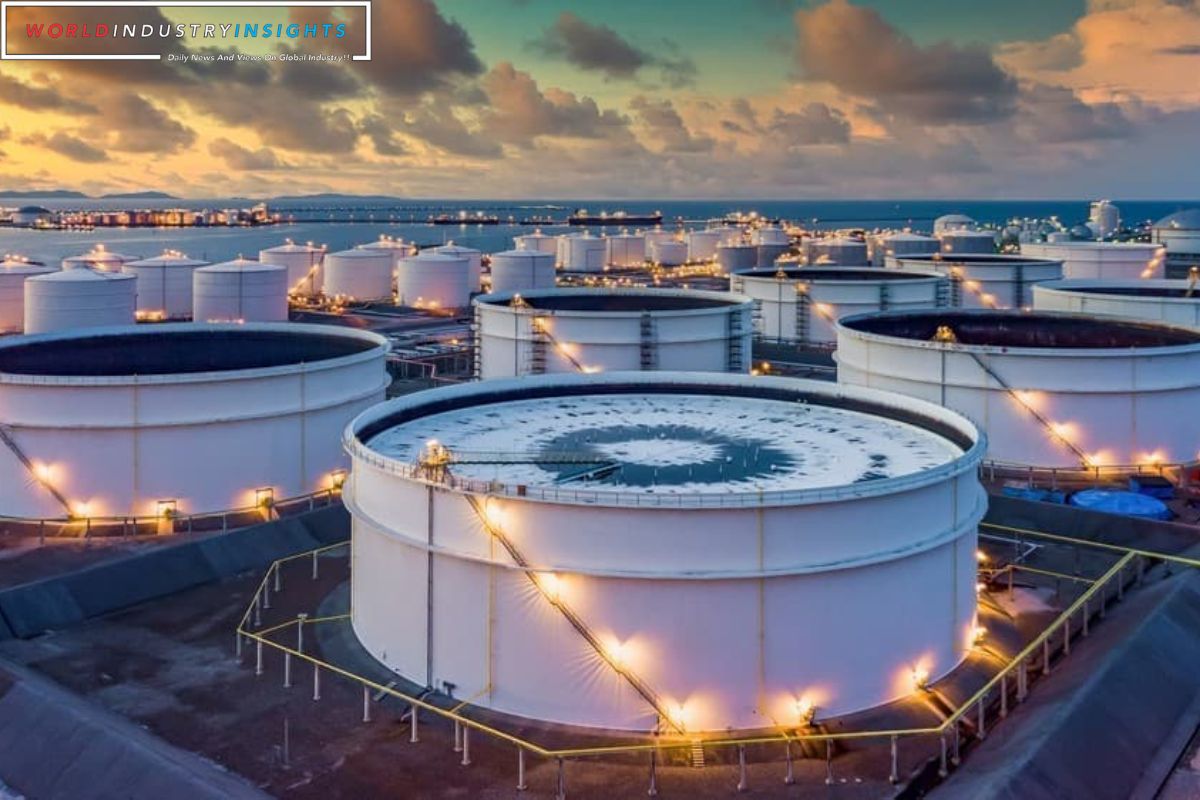Oil markets find themselves in a delicate dance, with investors treading cautiously amid key interest rate decisions and impending inflation data releases. Brent crude futures for February saw a modest rise of 0.3%, reaching $76.29 a barrel, while U.S. West Texas Intermediate crude futures for January gained 0.4% at $71.58 a barrel. The focus shifts to the U.S. Consumer Price Index (CPI) report, due on Tuesday, and the Federal Open Markets Committee’s (FOMC) monetary policy meeting ending on Wednesday.
The U.S. Federal Reserve is anticipated to maintain steady rates, but concerns linger as November Fed minutes reveal policymakers’ worries about persistent inflation. This uncertainty leaves room for additional tightening measures if necessary. Analysts keenly watch inflation progress to assess the effectiveness of existing policies, potentially influencing the Fed’s stance in 2024 based on economic conditions.
In addition to economic factors, geopolitical tensions add a layer of complexity. A cruise missile launched from Houthi-controlled Yemen struck a commercial chemical tanker, escalating regional tensions. These incidents heighten safety risks for tankers in crucial shipping lanes, injecting an element of unpredictability into oil markets.
While the OPEC+ group has pledged a 2.2 million barrels per day cut for Q1 2024, doubts persist about its impact. Increased output from non-OPEC countries could offset these cuts, leading to a surplus. The market closely watches negotiations at COP28, where a coalition of over 100 countries aims to secure an agreement signaling the eventual end of the oil age. However, opposition from OPEC members adds complexity to the narrative.
As oil markets await monthly reports from OPEC and the International Energy Agency, the delicate equilibrium faces ongoing tests. The contango market structure signals investor skepticism, suggesting lower demand or sufficient supply for the early months of 2024. In this intricate dance, oil prices teeter on the razor’s edge, with global events and production dynamics influencing the delicate balance between bullish and bearish sentiments.
Our Reader’s Queries
What is the oil market doing today?
The latest market update shows that WTI Crude has increased by 0.01% to reach 70.78, while Brent Crude has risen by 0.20% to reach 76.27. However, Murban Crude has decreased by 0.13% to reach 76.07. Natural Gas has also seen a decline of 0.40% to reach 2.968. On the other hand, Gasoline has increased by 0.36% in the last 22 hours, reaching 2.035. These fluctuations in the energy market are closely monitored by investors and traders alike.
What price is a barrel of oil today?
The current prices for various energy sources are as follows: RBOB Gasoline is priced at 2.08 USD per gallon, Uranium is priced at 92.60 USD per 250 pounds of U308, Oil (Brent) is priced at 77.49 USD per barrel, and Oil (WTI) is priced at 72.15 USD per barrel. These prices are subject to change based on market fluctuations.
What is the forecast for oil trading?
Our forecast predicts that Brent prices will reach an average of $85/b in March 1Q24 due to the decline in global oil inventories. However, the markets are expected to remain relatively balanced for the rest of 2024, with some inventory builds in 2025, which may put slight downward pressure on crude oil prices.
How many years of oil is left in the world?
The world’s oil reserves are currently at 46.6 times its annual consumption levels, which translates to approximately 47 years of oil left (excluding unproven reserves).


